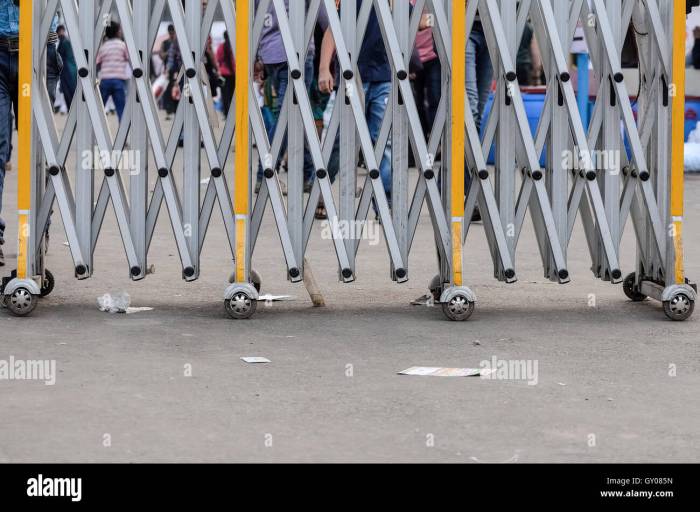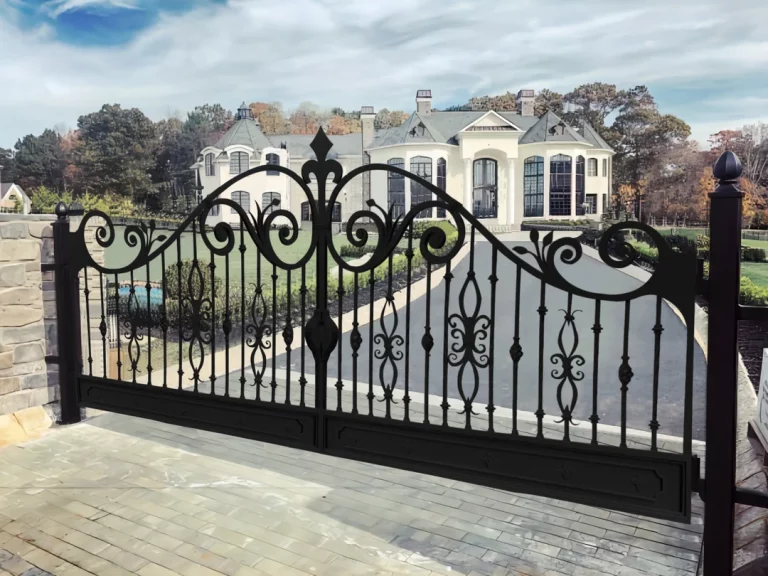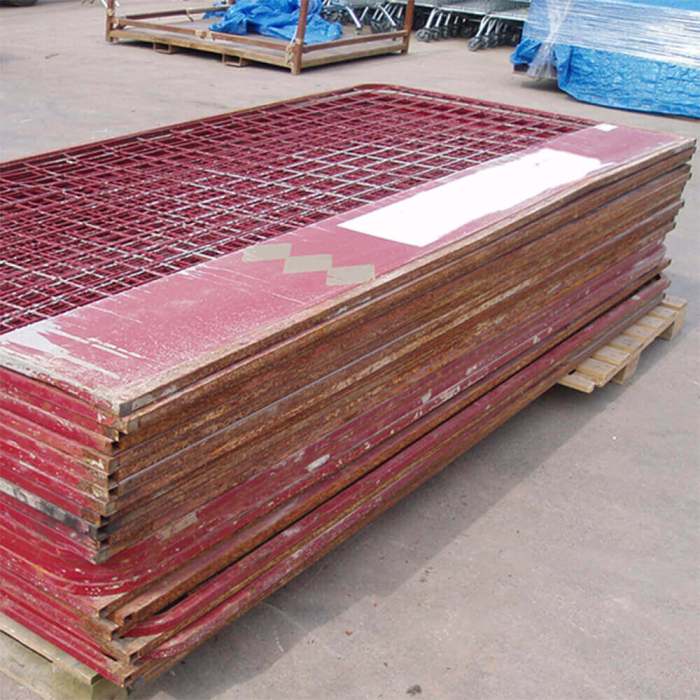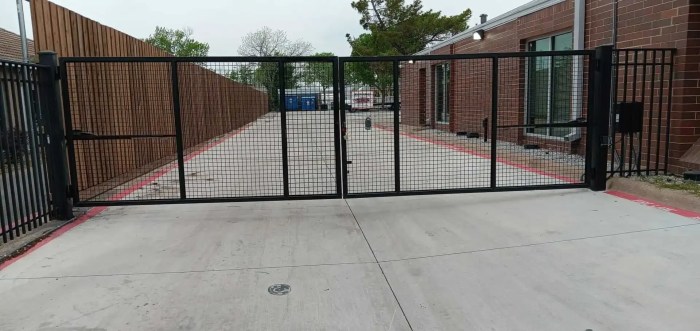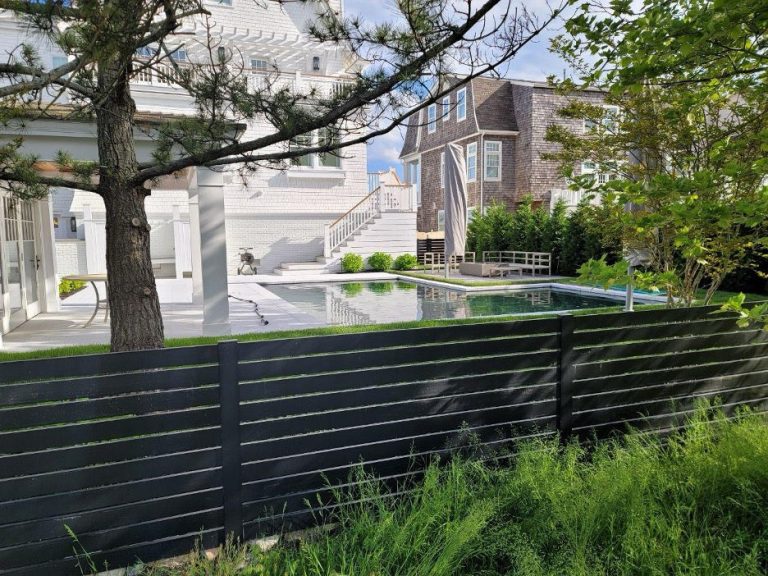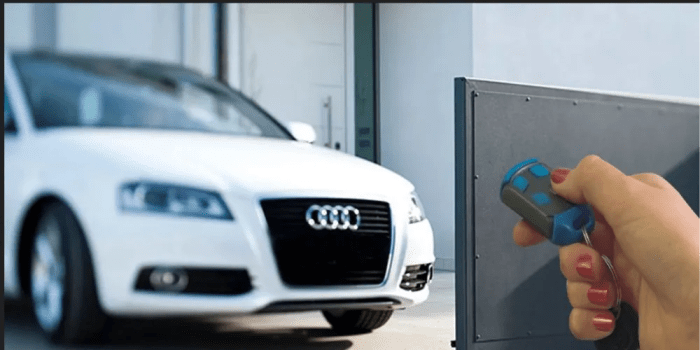Stanchion Barricades A Complete Guide
Stanchion barricades are more than just simple barriers; they’re crucial for managing pedestrian flow, enhancing safety, and defining spaces in a variety of settings. From bustling airports and crowded event venues to construction sites and even retail stores, these versatile systems play a vital role in maintaining order and minimizing risks. This guide explores the diverse world of stanchion barricades, covering everything from their different types and materials to installation, maintenance, and safety considerations.
We’ll delve into the practical aspects of choosing, installing, and maintaining these systems, providing you with the knowledge you need to make informed decisions. Whether you’re planning a large-scale event, improving safety at your workplace, or simply looking to understand more about these ubiquitous barriers, this comprehensive overview will equip you with the information you need.
Stanchion Barricade Types and Materials
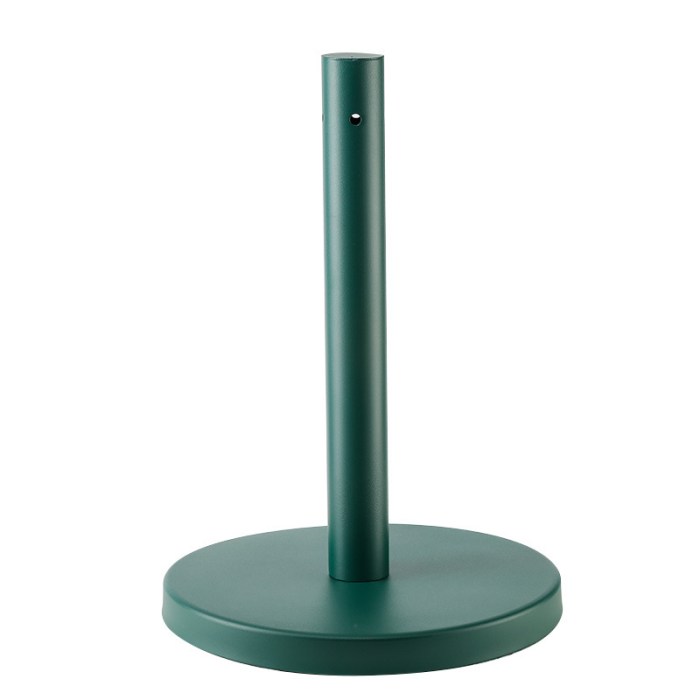
Source: stanchionbarrier.com
Stanchion barricades are essential for crowd control, queue management, and defining safe zones in various settings. Understanding the different types and materials available is crucial for choosing the right barricade for your specific needs. Factors like durability, aesthetics, and the environment play a significant role in this decision.
Stanchion Barricade Types and Their Properties
Choosing the right stanchion barricade depends heavily on its intended use and the environment it will be deployed in. The table below summarizes key features of common types.
| Type | Material | Common Uses | Advantages |
|---|---|---|---|
| Standard Stanchions with Belt/Rope | Metal (steel, aluminum), Plastic | Crowd control, queue management, and temporary area demarcation in indoor and outdoor settings. | Versatile, relatively inexpensive, easily portable (especially lighter plastic versions). |
| Retractable Belt Stanchions | Metal (usually stainless steel or chrome), Plastic (for the housing and belt) | Retail spaces, event venues, and areas requiring frequent setup and takedown. | Space-saving when retracted, easy to manage, aesthetically pleasing in modern settings. |
| Heavy-Duty Stanchions | Steel, reinforced plastic | High-traffic areas, security checkpoints, and areas requiring robust barrier protection. | High durability, resistance to damage, suitable for outdoor and demanding environments. |
| Wall-Mounted Stanchions | Metal (steel, stainless steel), Plastic | Permanent installations, building entrances, and areas requiring a fixed barrier. | Secure, permanent solution, prevents theft or relocation of stanchions. |
Durability and Longevity of Stanchion Barricade Materials
The longevity of a stanchion barricade is heavily influenced by the material used and the environmental conditions. Metal stanchions, particularly stainless steel, offer superior durability against rust and corrosion, making them suitable for both indoor and outdoor use. However, they can be susceptible to damage from impacts. Plastic stanchions are generally lighter and less expensive, but they are more prone to damage from impacts and extreme temperatures. Exposure to UV radiation can degrade plastic over time, affecting its color and structural integrity. For instance, a plastic stanchion used outdoors in direct sunlight might become brittle and prone to breakage after several years, while a stainless steel counterpart would remain largely unaffected.
Aesthetic Appeal of Stanchion Barricade Designs
The aesthetic appeal of stanchions varies significantly depending on the material, finish, and overall design. Sleek, modern designs often utilize polished stainless steel or chrome for a sophisticated look, commonly found in upscale retail environments. Powder-coated metal stanchions offer a wider range of colors and finishes, allowing for better integration with the surrounding décor. Plastic stanchions, while often less aesthetically pleasing, can be cost-effective and are available in various colors, providing flexibility for specific branding or thematic needs. For example, a simple, black powder-coated steel stanchion might blend seamlessly into a modern office environment, whereas a brightly colored plastic stanchion might be more suitable for a children’s play area.
Stanchion Barricade Applications and Uses

Source: dreamstime.com
Stanchion barricades, while seemingly simple, play a crucial role in managing pedestrian flow and ensuring safety across a wide variety of settings. Their effectiveness stems from their ability to clearly define boundaries and guide movement, preventing congestion and potential hazards. Understanding their applications and the regulations surrounding their use is vital for maintaining safe and orderly environments.
Stanchion barricades are versatile tools used to control and direct pedestrian traffic, creating safe and organized spaces. Their applications span diverse locations, each with its specific safety requirements.
Examples of Stanchion Barricade Use Locations
The versatility of stanchion barricades is evident in their widespread use across diverse environments. Their simple design belies their significant impact on safety and organization.
- Airports: Stanchion barricades are commonly used to manage queues at check-in counters, security checkpoints, and boarding gates, ensuring a smooth and efficient passenger flow. They help prevent overcrowding and maintain order in high-traffic areas.
- Events (Concerts, Festivals, Conferences): These barricades are essential for crowd control at large events, guiding attendees to designated areas, preventing bottlenecks, and ensuring safe passage. Different types of stanchion barricades may be used depending on the event’s size and security needs.
- Construction Sites: Stanchion barricades help demarcate safe zones for pedestrians and workers, preventing unauthorized entry into hazardous areas. They are often used in conjunction with other safety measures, such as signage and barriers.
- Retail Stores and Shopping Malls: Stanchion barricades can create defined walkways, manage lines at cash registers, and highlight special displays or promotions. They contribute to a more organized and pleasant shopping experience.
- Hospitals and Healthcare Facilities: Stanchion barricades help manage patient and visitor flow, directing traffic to specific areas and preventing congestion in sensitive areas such as emergency rooms or operating theaters.
Safety Regulations and Guidelines for Stanchion Barricade Use
The safe and effective use of stanchion barricades is subject to various regulations and guidelines, which vary depending on the location and specific application. Compliance with these regulations is crucial for preventing accidents and ensuring public safety.
Regulations often address aspects such as:
- Proper spacing and placement: Guidelines usually specify the appropriate distance between stanchions to ensure adequate space for pedestrian flow and prevent overcrowding. Placement should also consider visibility and accessibility.
- Material and construction standards: Regulations might stipulate the use of materials that meet specific strength and durability requirements, ensuring the barricades can withstand expected forces and remain stable.
- Signage and warnings: The use of appropriate signage in conjunction with stanchion barricades is often mandatory, clearly indicating restricted areas or directing pedestrian movement.
- Accessibility considerations: Regulations often require accommodations for people with disabilities, ensuring that the barricades do not obstruct access for those using wheelchairs or other mobility aids.
- Emergency access: Stanchion barricade systems should be designed to allow for quick and easy access for emergency personnel in case of an incident.
Hypothetical Scenario: Pedestrian Flow Management
Imagine a large public square hosting a weekend market. Thousands of people are expected. To effectively manage pedestrian flow and prevent congestion, retractable stanchion barricades are deployed. These barricades, made of lightweight yet durable materials, are strategically placed to create defined walkways and queuing areas at popular stalls. Clear signage complements the barricades, guiding visitors through the market and directing them towards exits and restrooms. The use of different colored stanchions helps to further organize the flow, for instance, using red for restricted areas and yellow for queuing zones. In case of emergency, sections of the stanchion system can be quickly removed to allow for unimpeded access for emergency vehicles. This controlled environment ensures a safe and enjoyable experience for everyone attending the market.
Stanchion Barricade Installation and Maintenance

Source: depositphotos.com
Setting up and maintaining stanchion barricades properly is crucial for their effectiveness in crowd control, safety, and directing pedestrian traffic. Improper installation can lead to instability and potential hazards, while neglecting maintenance can compromise the barricades’ structural integrity and lifespan. This section guides both installation and maintenance best practices.
Stanchion Barricade Installation
Proper installation ensures the stanchion barricade system functions as intended, providing a safe and effective barrier. Following these steps will minimize the risk of accidents and maximize the lifespan of your equipment.
- Assess the area: Before beginning, carefully survey the location where the barricade will be placed. Consider the terrain, potential obstacles, and the desired configuration of the barricade line. Ensure the ground is level and stable, addressing any uneven surfaces or potential trip hazards.
- Position the bases: Place the stanchion bases at the desired intervals along the designated area. Ensure they are spaced appropriately for the chosen belt or rope length, allowing for a taut and secure barrier. Check for stability – the bases should be firmly planted and not easily moved or tipped.
- Attach the stanchions: Insert the stanchions into the bases, ensuring a snug and secure fit. Some systems may require locking mechanisms; ensure these are properly engaged.
- Connect the barrier: Attach the connecting belts or ropes to the stanchions, maintaining consistent tension along the entire length of the barricade. Avoid excessive slack, which can compromise stability and effectiveness. The tension should be sufficient to prevent easy movement but not so tight as to risk damage to the system.
- Inspect the installation: After completing the installation, conduct a thorough inspection. Check for any loose connections, uneven tension, or other potential issues. Ensure the barricade is stable and meets the required safety standards.
Stanchion Barricade Maintenance
Regular maintenance is key to ensuring the continued effectiveness and longevity of your stanchion barricades. Neglecting maintenance can lead to weakened structures, increased safety risks, and ultimately, costly replacements.
- Regular inspection: Conduct routine inspections of the entire system, checking for damage to stanchions, bases, belts, or ropes. Look for signs of wear and tear, such as cracks, fraying, or loose connections. A weekly inspection is recommended in high-traffic areas.
- Cleaning: Regularly clean the stanchions and bases to remove dirt, debris, and other contaminants. This helps prevent corrosion and maintains the aesthetic appeal of the system. Use appropriate cleaning solutions, avoiding harsh chemicals that could damage the materials.
- Repair or replacement: Promptly repair or replace any damaged components. Do not attempt to use damaged equipment, as this could compromise safety. Replace worn or frayed belts and ropes immediately. Damaged stanchions or bases should also be replaced to ensure stability.
- Storage: When not in use, store stanchion barricades in a clean, dry location, protecting them from the elements. This helps prevent rust, corrosion, and damage.
Hazards Associated with Improper Installation or Maintenance
Improper installation or lack of maintenance poses significant safety risks.
- Trip hazards: Loose or improperly placed bases can create trip hazards, leading to falls and injuries. Uneven tension in the connecting belts or ropes can also create tripping points.
- Structural failure: Damaged or weakened stanchions or bases can lead to structural failure, causing the barricade to collapse and potentially injuring individuals.
- Ineffective crowd control: Loose or damaged barricades are ineffective at controlling crowds, potentially leading to congestion, accidents, and security breaches. A poorly maintained system may not withstand the pressure of a large crowd.
- Liability issues: Businesses and organizations are liable for injuries caused by unsafe or improperly maintained equipment. Neglecting proper installation and maintenance can result in significant legal and financial consequences.
Stanchion Barricade Safety Features and Considerations
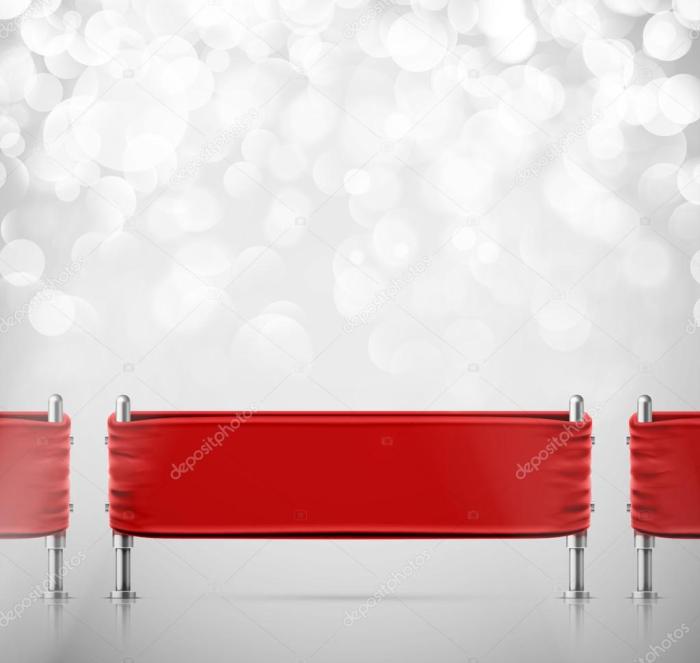
Source: depositphotos.com
Stanchion barricades, while seemingly simple, play a crucial role in ensuring safety and managing crowds effectively. Their design and placement directly impact the safety of both pedestrians and personnel. Understanding the safety features and considering accessibility are paramount for responsible implementation.
Modern stanchion barricades incorporate several features to enhance safety and visibility. These features are not only beneficial for crowd control but also contribute to preventing accidents and injuries.
Essential Safety Features of Stanchion Barricades
A variety of safety features are integrated into modern stanchion barricade designs. These features work together to enhance visibility, stability, and overall safety.
- Reflective Strips: High-visibility reflective strips, often incorporated into the stanchions themselves or the connecting belts, significantly improve visibility, particularly in low-light conditions. This helps prevent accidental collisions, especially at night or in poorly lit areas.
- Weighted Bases: Heavy, weighted bases provide stability and prevent the barricades from being easily knocked over or moved. This is crucial in high-traffic areas or during events where accidental impacts are more likely.
- Durable Materials: The use of robust materials like steel, aluminum, or high-impact plastics ensures the barricades can withstand impacts and remain functional over extended periods. This is essential for long-term safety and reduced maintenance costs.
- Bright Colors: Stanchions are often brightly colored (e.g., red, yellow, orange) to enhance their visibility and serve as a clear warning to pedestrians. This contrasts sharply with the surrounding environment, drawing immediate attention.
- Interlocking Mechanisms: Some stanchion systems feature interlocking mechanisms that allow for the creation of continuous barriers, preventing gaps that people could easily step over or through. This creates a more robust and secure barrier.
Accessibility Considerations for Stanchion Barricade Installation
Installing stanchion barricades requires careful consideration of accessibility needs to ensure inclusivity and avoid creating obstacles for people with disabilities.
Proper placement is key. Barricades should not block access to ramps, elevators, or other accessible routes. Sufficient space must be maintained to allow wheelchair users and those with mobility aids to navigate safely. Clear signage or alternative routing may be needed to guide people around barricaded areas. Consider using retractable stanchions or other flexible systems that can be easily moved aside when necessary to accommodate individuals with disabilities.
Impact of Stanchion Barricade Designs on Crowd Management and Safety
The design of stanchion barricades significantly impacts crowd management and overall safety. Different designs offer varying levels of crowd control and visual impact.
For instance, a simple chain and stanchion system might be suitable for guiding pedestrian flow in a low-traffic area, while a more robust retractable belt barrier might be necessary for managing larger crowds at a concert or festival. The height and spacing of the barricades also play a role; taller barricades provide a stronger visual deterrent and offer better crowd control than shorter ones. Careful planning and consideration of the specific context are essential to select the appropriate design for the intended purpose.
Stanchion Barricade Cost and Purchasing Considerations
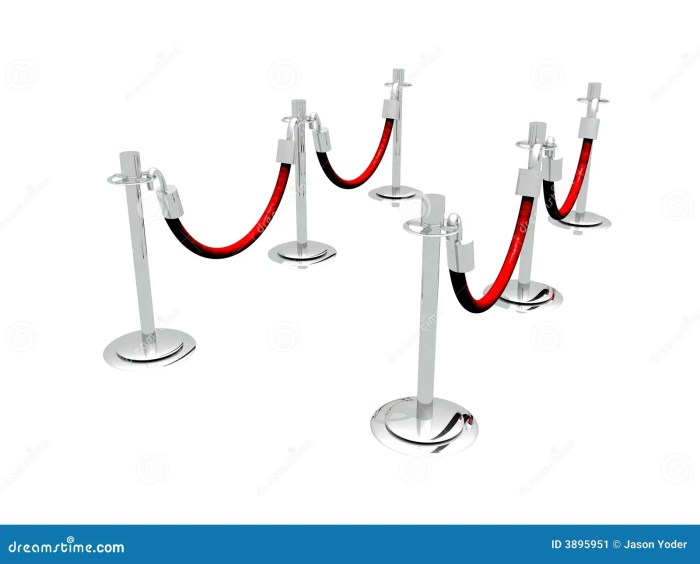
Source: dreamstime.com
Choosing the right stanchion barricade involves more than just aesthetics; the cost and overall system effectiveness are crucial factors. Understanding the price variations and influencing elements helps in making informed purchasing decisions. This section will break down the cost aspects and guide you through the selection process.
Stanchion Barricade Cost Comparison
The price of stanchion barricades varies significantly depending on the brand, material, features, and quantity purchased. Generally, you’ll find a wide range, from budget-friendly options suitable for temporary use to more robust, durable systems designed for long-term applications. The following table offers a general comparison, keeping in mind that prices can fluctuate based on supplier and current market conditions. Always check with multiple vendors for the most up-to-date pricing.
| Brand | Type | Cost (per unit, approximate) | Features |
|---|---|---|---|
| Generic Brand X | Retractable Belt Stanchion | $25 – $50 | Basic design, plastic or metal post, retractable belt, limited color options. |
| Mid-Range Brand Y | Heavy-Duty Metal Stanchion with Rope | $75 – $150 | Durable metal construction, thicker rope, multiple color options, and a potentially weighted base. |
| Premium Brand Z | Modular Stanchion System with Customizable Accessories | $150 – $300+ | High-quality materials, customizable configurations (e.g., different post heights, belt colors, added signage), robust base. |
Factors Influencing Stanchion Barricade System Cost
Several key factors contribute to the overall cost of a stanchion barricade system. Understanding these will help you budget effectively.
- Quantity: Purchasing in bulk often results in lower per-unit costs. Larger orders typically qualify for volume discounts.
- Material: Materials like stainless steel or heavy-duty metal are more expensive than plastic or lighter-weight metals. The durability and longevity of the material directly impact the cost.
- Additional Features: Features like weighted bases for added stability, customizable signage, LED lighting, or retractable belts with different materials all add to the overall cost.
- Customization: Custom-designed stanchions, such as those with company logos or specific color schemes, will usually cost more than standard models.
- Accessories: The cost of additional accessories, such as replacement belts, ropes, or signage, should be factored into the total budget.
Selecting and Purchasing Stanchion Barricades
Choosing the right stanchion barricade system involves careful consideration of your specific needs and budget. Here’s a step-by-step guide:
- Define your needs: Determine the primary purpose of the barricades (crowd control, queue management, safety demarcation, etc.). Consider the environment (indoor/outdoor, high-traffic areas, etc.) and the expected lifespan of the system.
- Set your budget: Establish a realistic budget based on the number of stanchions required and the desired features.
- Research different brands and models: Compare features, materials, and prices from various suppliers. Request quotes from multiple vendors to ensure competitive pricing.
- Check for certifications and warranties: Ensure the stanchions meet relevant safety standards and come with an appropriate warranty.
- Place your order: Once you’ve selected the appropriate stanchions, place your order and confirm delivery details.
Visual Representation of Stanchion Barricades
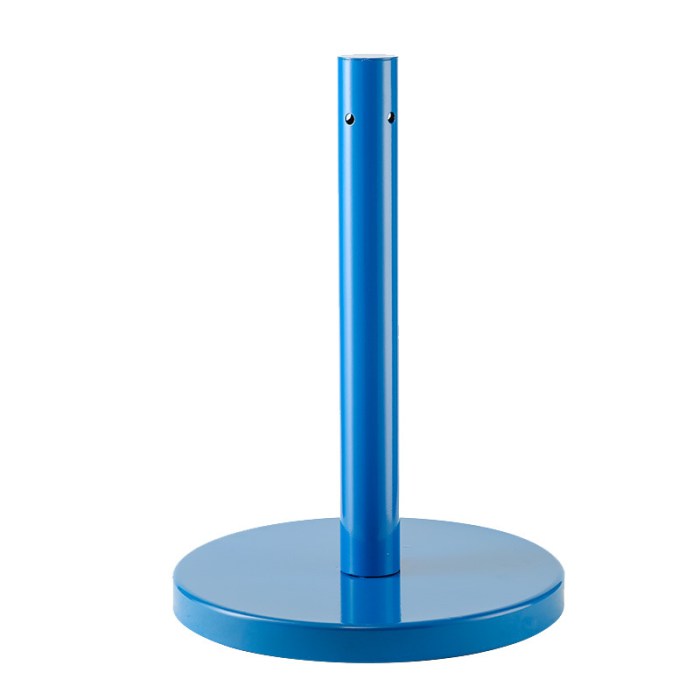
Source: stanchionbarrier.com
Stanchion barricades come in a variety of styles and designs, each with its distinct visual characteristics. Understanding these visual aspects is crucial for selecting the appropriate barricade for a given application and ensuring effective crowd control and safety. This section will explore the visual differences between various stanchion types and highlight key visual elements to consider.
Heavy-Duty Retractable Stanchion Barricade
A heavy-duty retractable stanchion barricade typically features a robust, typically metallic base, often made of steel or heavy-gauge aluminum, providing stability and durability. The base is usually weighted to prevent tipping. The stanchion post itself is often made of the same material as the base, and may be powder-coated for added durability and a more polished look. The post extends upwards, often ending in a rounded or slightly pointed top for safety. The retractable belt is usually made of durable nylon or similar material, often with a high-visibility color, and retracts smoothly into a casing within the base. The mechanism is usually concealed within the base, offering a clean, uncluttered appearance. The overall impression is one of solidity and reliability. The finish is typically a sleek, professional look, often in a single color like black, silver, or a bright safety yellow or orange.
Visual Differences Between Standard and Retractable Belt Stanchions
Understanding the visual differences between a standard stanchion and one with a retractable belt is key to choosing the right product. The visual impact of each is distinct and reflects its respective functionalities.
- Base: A standard stanchion often has a smaller, lighter base compared to a retractable belt stanchion, which requires a larger, heavier base to accommodate the retractable mechanism.
- Post: The post on a standard stanchion is typically a fixed height, while the retractable belt stanchion’s post may have a slightly larger diameter to house the belt retraction mechanism.
- Belt: The most obvious difference is the presence of a retractable belt on one and its absence on the other. The retractable belt adds a dynamic visual element, especially when extended, clearly defining the barrier.
- Mechanism: A standard stanchion lacks any visible mechanism, whereas the retractable stanchion has a subtle, often concealed, mechanism within the base.
High-Traffic Area Stanchion Barricade System
Stanchion barricade systems designed for high-traffic areas often incorporate specific visual elements to maximize visibility and effectiveness.
High-visibility colors, such as bright yellow or orange, are frequently used for the posts and belts to enhance visibility in crowded environments. Clear, easily understandable signage, often mounted on the stanchions or nearby, is crucial for guiding people safely through the area. The signage may indicate directions, waiting lines, or restricted access. For example, a hospital might use stanchions with signage indicating the direction to the emergency room, while an airport might use them to manage passenger flow at security checkpoints. In addition, the stanchions themselves may be more robust and spaced closer together to better manage the flow of a large number of people. The overall effect is a clearly defined and easily understood system that aids in crowd control and enhances safety.
Closure: Stanchion Barricade
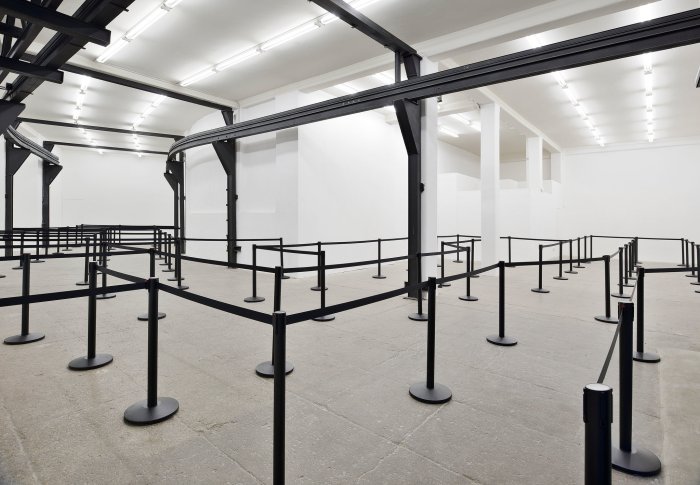
Source: t293.it
Stanchion barricades are essential tools for managing crowds, ensuring safety, and organizing spaces effectively. By understanding the various types, applications, and safety features of these systems, you can make informed choices to optimize their use in any environment. From selecting the right materials and considering accessibility needs to implementing proper installation and maintenance practices, the key to successful stanchion barricade deployment lies in careful planning and attention to detail. Remember to always prioritize safety and choose a system that meets the specific requirements of your location and application.
